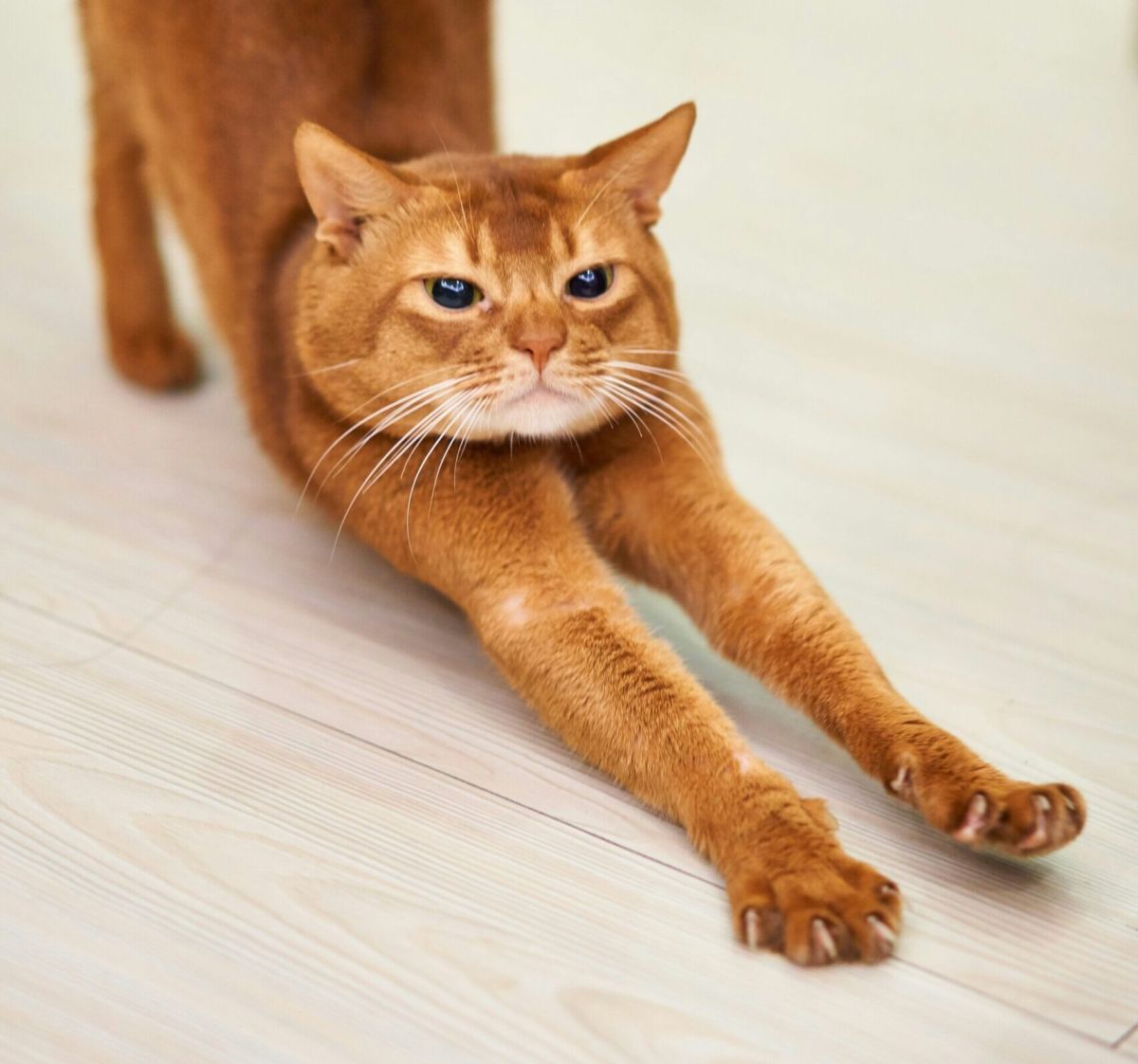Don’t Declaw: Understanding the Consequences for Cats and Their Owners

Declawing has long been a controversial practice among pet owners and veterinarians alike. Many people believe that declawing is a necessary procedure to prevent damage to furniture or injuries to humans. However, the implications of this surgery are far-reaching and often detrimental to the cat’s well-being. Understanding the reasons why declawing is both unnecessary and harmful is essential for every cat owner.
What Is Declawing?
Declawing, technically known as onychectomy, is a surgical procedure that involves amputating the last bone of each toe in a cat’s paw. This procedure not only removes the claw but also affects the structure and function of the cat’s foot. In essence, declawing is not a simple nail trim; it’s akin to amputating a human finger at the last joint. This surgery is often performed under general anesthesia but can result in ongoing physical and psychological issues for the cat.
The Reasons Against Declawing
- Injury and Pain: Declawed cats often experience immediate pain post-surgery, as they must adjust to a new way of walking. This pain can lead to chronic issues such as arthritis or behavioral changes, including reduced mobility and reluctance to use litter boxes.
- Behavioral Changes: Many cats that undergo declawing exhibit behavioral problems, including increased aggression or biting, as they lose their primary means of defense. The lack of claws can make them feel vulnerable and less secure in their environment.
- Failure to Address the Root Cause: The decision to declaw often stems from a misunderstanding of feline behavior. Cats scratch to mark territory and maintain healthy claws. Instead of declawing, owners should focus on providing appropriate outlets for this behavior, such as scratching posts and regular nail trimming.
- Alternatives Exist: There are several humane alternatives to declawing that can mitigate scratching behavior. Soft nail caps, regular nail trims, and providing enrichment through scratching posts and toys can effectively protect furniture while preserving the cat’s natural behavior.
- Legal and Ethical Considerations: Many countries and states have banned or restricted declawing due to its inhumane nature. Ethically, the procedure raises significant concerns about animal welfare and the responsibility of pet owners to prioritize the well-being of their animals.
Responsible Pet Ownership
As responsible pet owners, it is crucial to educate ourselves about the best practices for cat care. Recognizing and respecting a cat’s natural behaviors is essential to fostering a harmonious relationship. Instead of resorting to declawing, owners should invest time in training and providing appropriate resources to manage their cats’ scratching habits effectively.
Here are some tips to consider:
- Invest in Scratch Posts: Redirect your cat’s natural scratching instinct by purchasing scratch posts and pads. Encourage their use by placing them in prominent areas.
- Regular Nail Trims: Establish a regular nail-trimming schedule to keep your cat’s claws manageable. This not only prevents damage to furniture but also reduces the risk of injury to both the cat and its human companions.
- Use Deterrents: Consider using cat-safe deterrent sprays on furniture or fabric to discourage scratching in those areas, while rewarding the use of scratching posts.
- Provide Enrichment: Engage your cat with toys, climbing structures, and interactive playtime. A happy, stimulated cat is less likely to engage in problematic behavior.
Conclusion
Declawing is a procedure that comes with significant risks and negative outcomes for our feline friends. Understanding the implications of declawing can help pet owners make informed, compassionate choices that prioritize their cat’s physical and emotional health. By embracing humane alternatives and fostering a deeper bond with our pets, we can ensure that they live fulfilling, healthy lives without the unnecessary pain and trauma of declawing. It’s time to stand against this outdated practice and advocate for our cats’ well-being. Simply put, don’t declaw—opt for love and understanding instead.



